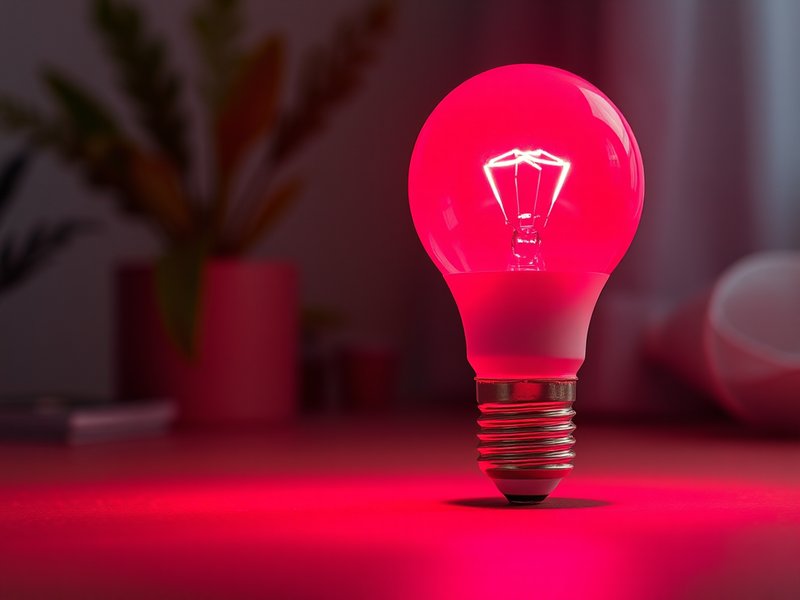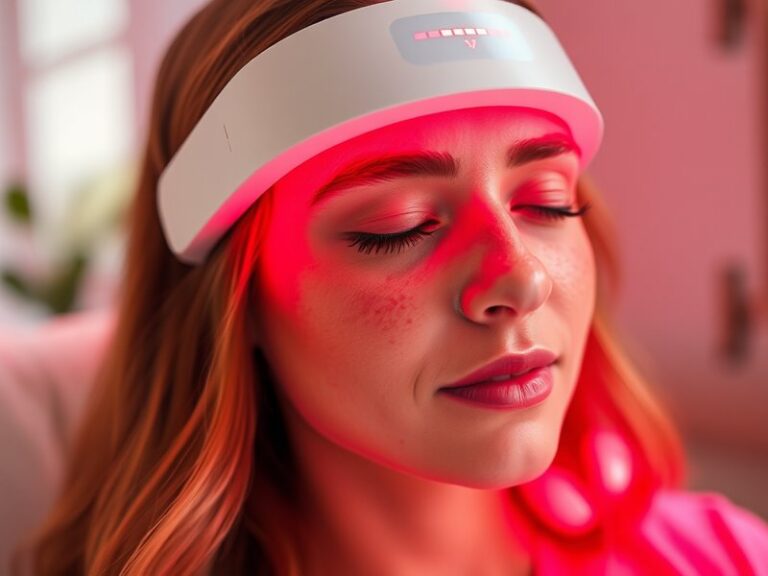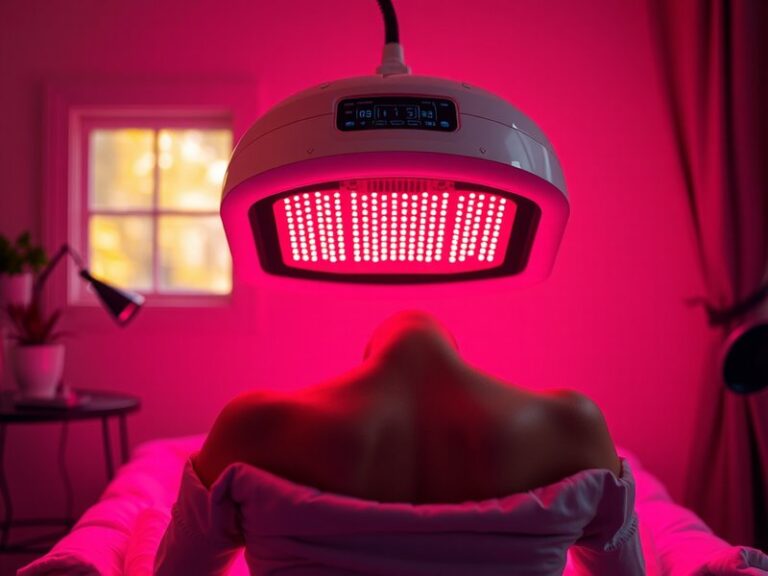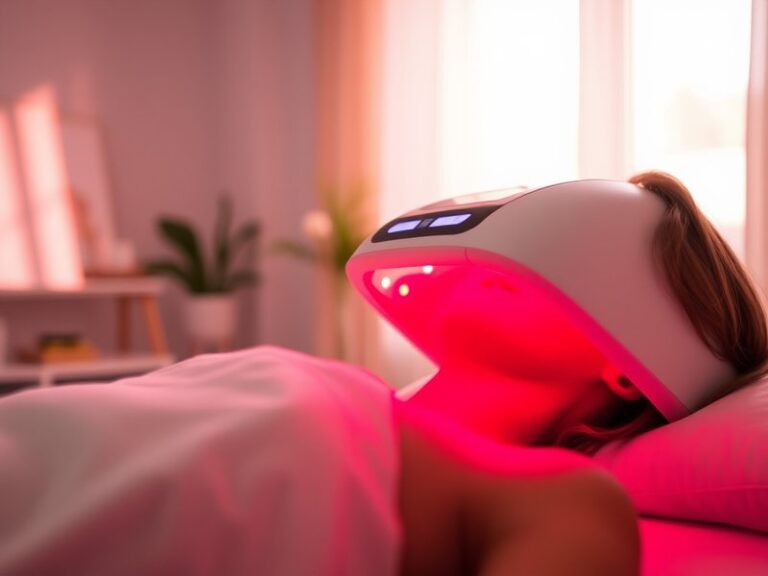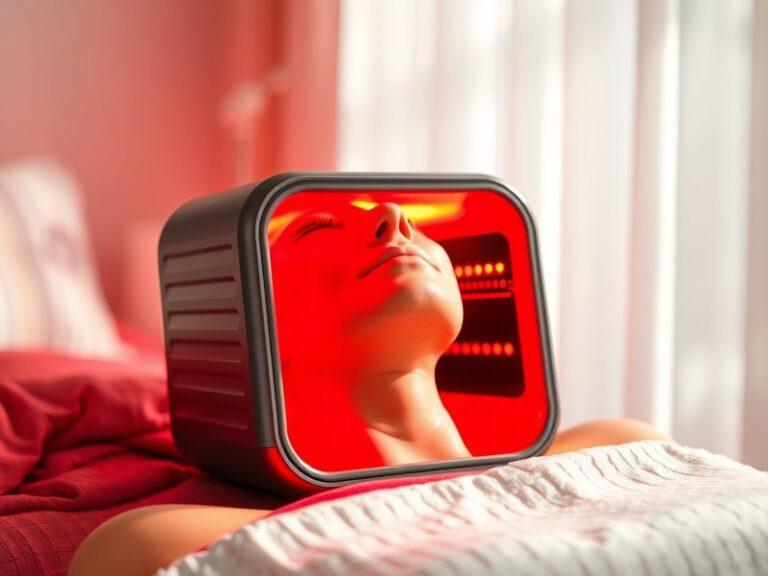What Kind Of Lightbulb Is Used In Red Light Therapy?
What Kind of Lightbulb is Used in Red Light Therapy?
Have you ever wondered how red light therapy works and the technology behind it? If you’re curious about the kind of lightbulbs that power this innovative treatment, you’re in the right place.
This article will delve into the specific lightbulbs used in red light therapy, exploring their functions, benefits, and alternative options. By the end, you’ll have a deeper understanding of how red light therapy can be effectively utilized for various health and wellness goals.
Key Takeaways
- Red light therapy primarily uses LED lightbulbs, emitting specific wavelengths beneficial for the skin and overall health.
- The effectiveness of red light therapy relies on proper bulb placement, intensity, and duration of exposure.
- There are alternatives to red light therapy bulbs, including laser options and incandescent bulbs, each with its distinct advantages.
What is Red Light Therapy?
Red light therapy (RLT) is a non-invasive treatment that uses low-level wavelengths of light, typically between 600 to 650 nanometers, to penetrate the skin. By applying these specific wavelengths, RLT aims to stimulate cellular functions, enhance skin health, reduce inflammation, improve circulation, and promote healing.
Discover the analysis in Red Light Therapy Overview
The therapy has gained popularity in recent years due to its encouraging results in various applications, including skincare, muscle recovery, and pain relief. Traditionally used in professional settings, such as dermatology clinics and physical therapy practices, RLT is now accessible for home use with affordable devices.
The Role of Lightbulbs in Red Light Therapy
The quality and type of lightbulb significantly impact the effectiveness of red light therapy. Various bulb types serve different purposes, and understanding their characteristics can enhance your RLT experience.
LED bulbs are the most prevalent in red light therapy. They emit concentrated wavelengths and are energy-efficient, making them ideal for daily use. Incandescent bulbs, while less common, can also be utilized, although they lack the specific wavelengths and intensity found in LEDs.
What are the Benefits of Red Light Therapy?
Red light therapy offers myriad benefits that can enhance your overall well-being. The following points explore the advantages in detail.
Skin Health Improvement
Red light therapy promotes collagen production, leading to healthier and more youthful-looking skin. Studies show a reduction in wrinkles, fine lines, and scars when using RLT consistently.
Read the thorough analysis Can Red Light Therapy Make You Ill?
Pain Relief and Muscle Recovery
RLT is known for its anti-inflammatory properties, which can help alleviate chronic pain and speed up muscle recovery after intense workouts. Athletes often utilize RLT to reduce soreness and improve performance.
Enhanced Wound Healing
Research indicates that red light therapy can accelerate the healing process for wounds, cuts, and injuries. It supports tissue repair, making it beneficial for both acute and chronic wounds.
Improved Mood and Sleep Quality
Some studies suggest that exposure to red light may positively influence mood and improve sleep quality by regulating circadian rhythms. This benefit is particularly relevant for individuals dealing with seasonal affective disorder or insomnia.
Is it Possible to Use Red Light Therapy at Home?
Yes, red light therapy can be effectively used at home. There are numerous devices on the market, including handheld devices and larger panel setups, catering to various needs and preferences.
What are the Advantages of Using Red Light Therapy at Home?
Using red light therapy at home has several advantages.
Convenience
You can easily incorporate therapy into your daily routine, with sessions often requiring only a few minutes. This flexibility allows for consistent use without scheduling appointments.
Cost-Effectiveness
Investing in a home red light therapy device can save money over time compared to regular visits to a clinic.
Privacy and Comfort
Home treatments provide a comfortable and private setting, allowing you to relax and focus on your wellness without distractions.
What are the Things to Consider Before Starting Red Light Therapy?
Before beginning red light therapy, certain factors need consideration to maximize effectiveness and safety.
Device Quality
Ensure that the device you choose utilizes high-quality LEDs specifically designed for red light therapy. Look for products with proven efficacy and positive user feedback.
Exposure Time and Frequency
Pay attention to the recommended exposure time and frequency to avoid overuse, as overstimulation of your skin can lead to adverse effects.
Medical Conditions and Contraindications
Consult with a healthcare professional if you have pre-existing conditions like skin sensitivity, certain medications that increase light sensitivity, or are pregnant, to avoid complications.
What are the Alternatives to Red Light Therapy?
Aside from red light therapy, several alternative options can offer similar benefits.
Laser Therapy
Laser therapy employs focused beams of light to treat deeper tissues and is often more potent than LED-based RLT. It can be highly effective but may be accompanied by higher costs and require professional administration.
Infrared Therapy
Infrared therapy utilizes wavelengths that penetrate deeply into the body, providing muscle relaxation and pain relief. This method can be beneficial for joints and muscle issues.
Cold Laser Therapy
Cold laser therapy, similar to red light therapy, uses specific wavelengths to stimulate healing without generating heat. It’s designed for pain relief and inflammation reduction.
Conclusion: Is it Recommended to Use Red Light Therapy at Home?
Based on the information presented about red light therapy, it is highly recommended for those looking to enhance their skin health, alleviate pain, and improve overall wellness. Proper application with quality devices can yield significant benefits, making it a valuable addition to at-home self-care routines.
Frequently Asked Questions
What types of lightbulbs are best for red light therapy?
LED lightbulbs specifically designed for red light therapy are considered the best option. They emit the right wavelengths effectively while remaining energy-efficient.
How often should I use red light therapy?
For optimal results, most users benefit from 3-5 sessions per week, with each session lasting around 10-20 minutes, depending on the device and area treated.
Are there any side effects of red light therapy?
Red light therapy is generally considered safe. However, some may experience mild skin irritation or sensitivity. It’s essential to follow manufacturer instructions to mitigate risks.
Can I use regular lightbulbs for red light therapy?
Regular lightbulbs lack the specific wavelengths needed for effective red light therapy, so it’s advisable to use dedicated LED therapy devices for the best results.
